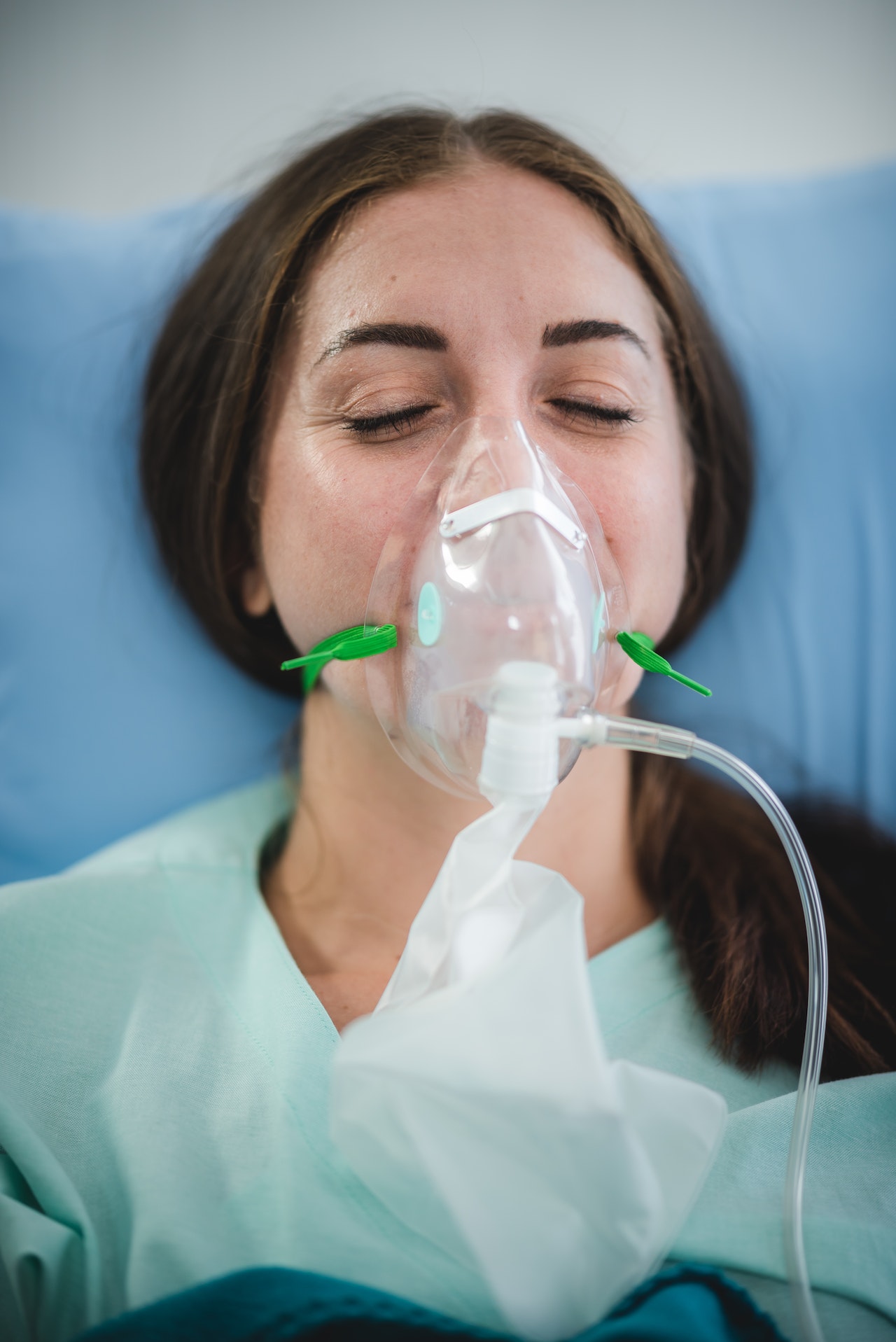Breathing pure oxygen at elevated air pressure in a hyperbaric chamber can boost levels of healing oxygen in the blood and other body fluids. These oxygen-rich fluids travel to damaged tissues and cells, triggering the release of growth factors that promote wound healing.
Increased Blood Oxygen Concentration
The body’s tissues need oxygen to function. Hyperbaric oxygen therapy increases the amount of oxygen blood can carry through the tissues. Repeated treatments encourage normal tissue oxygen levels. The physical properties of gases (Boyle’s Law) and their ability to dissociate into smaller molecules in an enclosed space give HBOT its value in treating decompression illness, arterial gas embolism and other diseases caused by a lack of oxygen or the formation of air bubbles in blood vessels. HBOT also causes new blood vessels to grow, increasing the capacity of the blood system to deliver oxygen and nutrients to damaged tissues. During a treatment session, you lie in a tube-like chamber pressurized to two atmospheres (the pressure at which divers breathe underwater). An attendant fits you with a mask or hood through which you live pure oxygen. Members of your healthcare team monitor you throughout the session. They look in your ears, check your blood pressure and pulse, and test your blood sugar (glucose) if you have diabetes.
Increased Oxygen Levels
Your body’s tissues need constant oxygen to function and heal. But when the tissue is damaged, it becomes harder for oxygen-rich blood to reach the area. This is why wounds and other conditions that take longer to heal require hyperbaric oxygen therapy, which increases the amount of oxygen your body can absorb. Hyperbaric oxygen therapy works because pure oxygen can penetrate your body’s tissues at high pressures. Your lungs can take in more oxygen than you could at normal air pressure, and the extra oxygen stimulates the release of growth factors that promote healing and increase white blood cells, which fight bacteria. Hyperbaric oxygen therapy does not hurt, although you may feel pressure in your ears, like when on a descending airplane or driving down a mountain road. You may also hear crackling noises that are harmless and relieved the same way as your ears clear of air pressure changes during treatment.
Increased Blood Pressure
Your body’s tissues need oxygen to function. Hyperbaric oxygen therapy increases the concentration of oxygen in blood and other fluids. This allows damaged tissues to take in oxygen and heal. The treatment is safe and painless. The increased air pressure in the chamber may cause you to feel fullness in your ears (similar to what you would experience on a descending airplane). You can relieve this feeling by swallowing or yawning.
In rare cases, oxygen poisoning (toxicity) can occur if the lungs are exposed to too much oxygen during decompression in the chamber. This can lead to a cough, fluid in the lungs and seizures. This is prevented by only briefly exposing the body to higher pressures. HBOT treatments typically last two hours. Depending on your condition, you will undergo 30-40 or more sessions per week for several weeks. Once the wound is healed, your sessions will be reduced to one or two per week for maintenance.
Increased Blood Volume
The extra oxygen from hyperbaric oxygen therapy stimulates the growth of new blood vessels. The result is an increase in the amount of blood vessels in a wound, which increases circulation and accelerates healing. In diabetic foot ulcers, this can prevent further complications and possibly even save the limb from amputation. In addition, hyperbaric oxygen therapy raises oxygen concentration in other body fluids, such as cerebral spinal fluid and lymphatic fluid. This allows these substances to work more effectively in clearing waste from the body and boosting the immune system. HBOT is a safe treatment. Complications are rare but include middle ear problems such as fluid leakage or eardrum rupture, eye damage, lung collapse, and low blood sugar in people with diabetes treated with insulin. Sometimes, long periods of breathing pure oxygen at high pressure can lead to oxygen toxicity. This can happen if you do not breathe enough air in the chamber, hold your breath, or cough too much during decompression.






